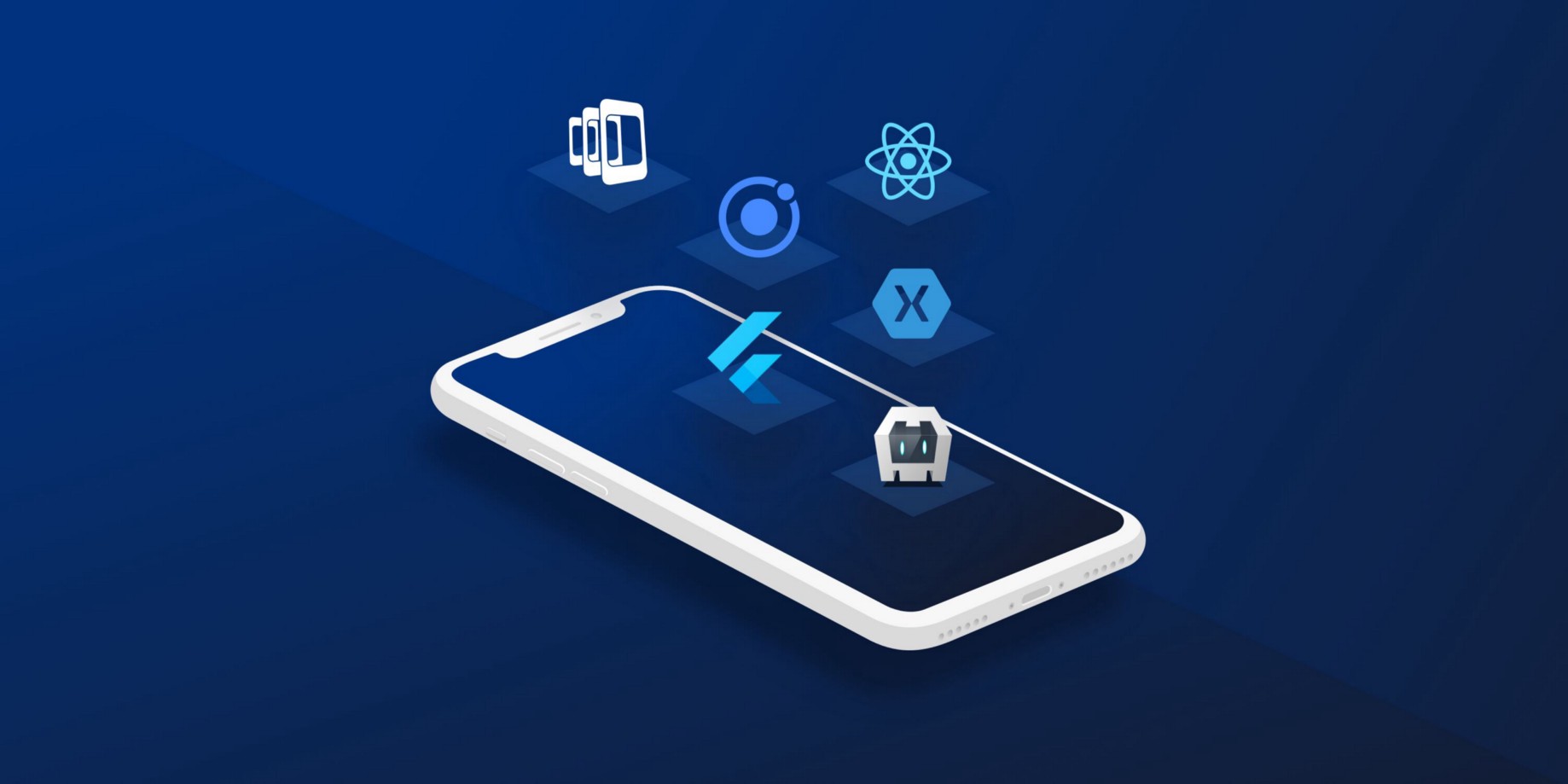Mobile Application Development: an A to Z guide

Mobile Application Definition
A mobile application, or simply "app," is a type of application software designed to operate on a mobile device, such as a tablet PC or smartphone. Mobile applications frequently provide users with services that are similar to those available on PCs. Apps are often discrete, tiny software modules with limited storage.
Apple Inc. first promoted the usage of application programming through its App Store, which provides a plethora of applications for the iPhone, iPad, and iPod Touch.
Mobile apps deviate from integrated software systems in contrast to desktop computer applications. When everything else is equal, each diverse application offers limited and distinct use.
General-purpose information and information services on the worldwide network, such as email, calendar, stock market, classifieds, and weather information, were offered by the first mobile application. However, the need for mobile applications and the number of people using mobile devices extend into other areas, such GPS, factory automation, mobile gaming, and more.
Large and varied domains have emerged as a result of the increase in the quantity and variety of applications. These days, mobile application technology is necessary for many services, including monitoring, online banking, location-based identity, ticket purchases, and even mobile health services.
The simplest mobile apps convert PC-based programs to run on a mobile device. This approach is rather inadequate given the rapid evolution of mobile applications. A more contemporary approach would involve actively growing for the mobile environment and making use of its advantages and limitations.
Applications with functional area-based highlights, for example, are typically developed from the beginning with a mobile perspective, as the user is not confined to a certain region as they would be while using a PC.
Key Mobile Application Development Technologies
Applications are often divided into three main categories: native applications, web apps, and hybrid applications.
Native Applications (Native Apps)
A native mobile application is one that is developed in a specialized coding language specifically for a certain sort of device platform, like Android or iOS. The device platform has to support the coding language that developers use in order for them to create native applications. Applications in this category may often include dictionary applications, offline mobile games, etc.
The primary benefit of native programs is their outstanding and optimized user interface. When everything is said and done, the designers who create them use native UI devices.
Having access to a wide variety of APIs also speeds up development and increases the potential applications that may be used. It is necessary to get native apps from application stores and install them directly on devices. They must first successfully complete a rigorous distribution procedure for this reason.
Web Applications (WebApps)
Web apps are programs that function on mobile devices and function similarly to native mobile applications. Nonetheless, there are important distinctions between web apps and native apps.
For the uninitiated, web apps are often written in HTML5, CSS, or JavaScript and are executed by browsers. These applications send the user to the URL and then give them the option to open the application. Web applications thus need users to save certain sites for later viewing. They require the least amount of memory because of this.
Web apps function similarly to native applications in terms of structure, but they are accessed through your mobile device's web browser. However, they are not independent applications
regarding downloading and installing code into your device. They are really responsive websites that adjust their UI to the client’s device.
Hybrid applications
The benefits of native applications and mobile web are combined in hybrid apps. It is designed with JavaScript, HTML, and CSS and runs on mobile WebView. Nonetheless, the hybrid app is still able to utilize the device's capabilities, such as vibration, GPS, and capture.
These are online apps that have a lot in common with native apps. They are genuinely online apps designed to seem natural, even if they could feature a home screen application icon, responsive design, quick speed, and even the ability to run unattached.
Writing hybrid apps will be built on cross-platform frameworks like Ionic, Phonegap, and Cordova. Through the Javascript API that this framework offers, we will be able to call the mobile functionalities.
These frameworks will transform this program into installation files for iOS and Android, so you only need to develop it once. Certain apps that require the device's functionality and don't require a lot of computing power will select this development approach.
It is far quicker and more practical to build a hybrid application than a native one. As a result, the purpose of this kind of mobile application is similar to that of a native one: it serves as an example of why creating a hybrid application makes sense.
They provide customers with a consistent user experience, load rapidly, and are perfect for usage in countries with slow internet speeds. Finally, there is a lot less code to maintain because they use a single code base.
Types of Mobile Applications
Productivity applications stand as essential tools for users aiming to streamline tasks and bolster efficiency in their professional and personal lives. These apps encompass various functionalities, including note-taking, document editing, task management, and scheduling. From comprehensive office suites to minimalist to-do lists, productivity apps cater to diverse organizational needs, empowering users to manage their workflows effectively.
Entertainment applications constitute a vibrant segment of the mobile app landscape, offering users an array of engaging and immersive experiences. Gaming apps, from casual puzzles to high-end simulations, captivate audiences with diverse interests and preferences. Multimedia streaming platforms for music, movies, and TV shows provide entertainment on the go, allowing users to access their favorite content anytime, anywhere, enhancing leisure and relaxation.
Social networking applications serve as hubs for connectivity and interaction, enabling users to establish connections, share content, and communicate in real time. These platforms foster communities, facilitate discussions, and bridge distances, catering to various social needs and interests. From messaging apps to professional networking platforms, social apps have become integral to modern communication, shaping relationships and fostering connections globally.
Utility applications encompass a wide range of functionalities that enhance everyday experiences and offer specific solutions to users' needs. Weather forecasting apps keep users informed about current and upcoming weather conditions, aiding in planning activities. Navigation apps assist in finding directions, navigating traffic, and exploring new places efficiently. Fitness and health-tracking apps monitor exercise routines, calorie intake, and overall well-being, promoting healthier lifestyles and habits.
E-commerce and financial applications have revolutionized the way people shop, bank, and manage their finances, offering convenience and security through mobile devices. Shopping apps provide a seamless experience for users to browse, purchase, and track orders from a vast array of products and services. Financial apps enable users to manage their accounts, transfer money, pay bills, and invest, empowering individuals to handle their finances on-the-go securely.
These diverse types of mobile applications collectively contribute to the dynamic and interconnected ecosystem of mobile technology, addressing the varied needs and preferences of users in today's digital landscape.
Conclusion
These days, the most common way for people and businesses to connect to the internet is through mobile devices and apps that unlock their potential. In order to stay profitable, relevant, and responsive, associations must develop the mobile applications that their partners, clients, and staff require. Don’t hesitate to contact us if you are interested in mobile app development.


